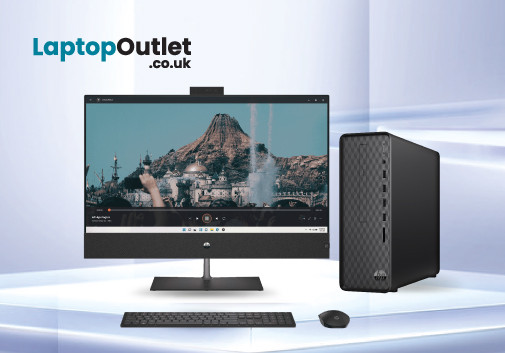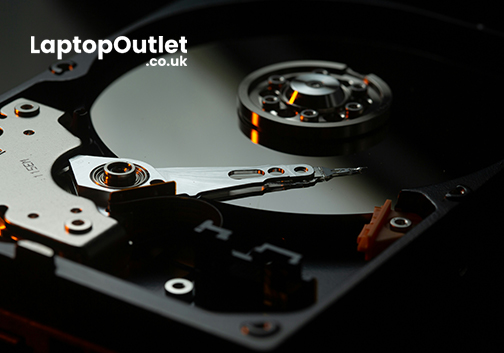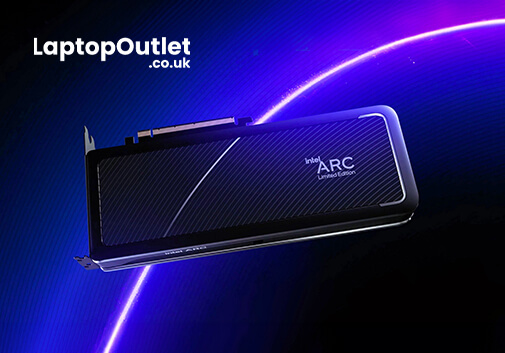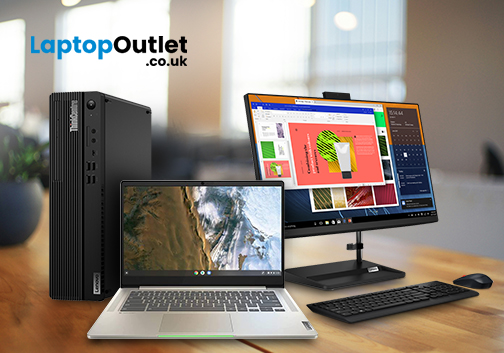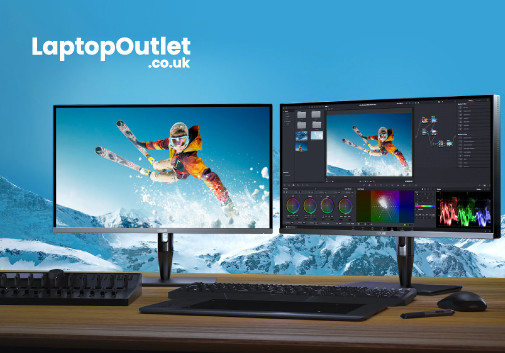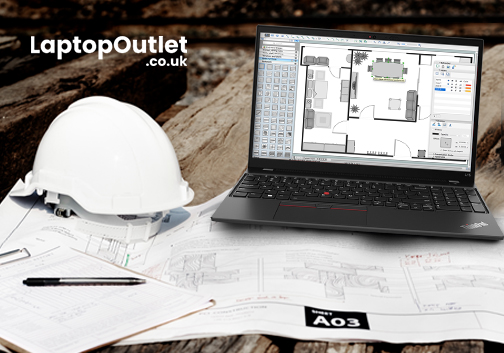Best Monitor for Video and Photo Editing
Whether you are a creative pro, a fresher in the multimedia industry, or a seasonal photographer, the right monitor can help you perfect your craft by displaying accurate colours and true-to-life visuals.
A good monitor for video editing is a long-term investment that can help you translate what is on the screen to edit a photo book or website with accurate colour reproduction.
When buying the best editing monitor, there are several factors and technical terms to remember. Besides colour accuracy, a high-resolution display lets you see images with more precise details, plus good ergonomics and plenty of USB ports also streamline your workflow.
Although there is no single best monitor, whether you spend all day in Adobe Photoshop or a similar creative application or just juggle landscape photos in your free time, we can help you find the right fit for your budget and requirements.
Below, we have curated a list of the best editing monitors based on our hands-on reviews and recommendations from creative artists.
So, let's dive in!
BenQ BL2780
- Brightness: 250 cd/m²
- Contrast Ratio: 1000:127 in Screen Size,
- Maximum Resolution: 1920 x 1080
- Colour: Black
- Response Time: 5 ms
- Aspect Ratio: 16:9
- Refresh Rate: 60 Hz
- Display Type: IPS LED
- 1-Year Warranty
Our first pick is the BenQ BL2780, which boasts many features and exceptional quality to make it the best budget monitor for video editing and creative design. Thanks to the plent of performance features, it might be overkill for some 3D rendering projects.
However, it's hard to beat if you seek the best budget monitor for video editing and creative design. This monitor seamlessly blends ultra-slim bezels with hidden cable management to make your workspace look organised and clean.
Also, BenQ's exclusive Eye-Care and Brightness Intelligence technologies work together to minimise eye strain and fatigue, allowing you to work comfortably for extended periods, even in low-light environments.
As for panel technology, the BenQ monitors have an IPS LED screen for exceptional contrast, authentic colours, deeper blacks, and sharper details. The monitor boasts a 1000:1 contrast ratio and a 5 ms response time, which is fair enough to justify the price tag.
The IPS LED panel is ideal for excellent contrast and impresses photo editors and creative enthusiasts with its exceptional colour accuracy. Under the hood, IPS (In-Plane Switching) Technology ensures you can view every image detail from any angle.
Lastly, with a 27-inch screen abd, 1080p resolution, and a 60Hz refresh rate, the BenQ BL2780 presents itself as a compelling alternative for budget-conscious professional photographers.
ASUS ProArt PA329CV
- 32 in 4K Ultra HD Display, IPS
- 3840 x 2160 Max. Resolution
- 5 ms Response Time, 60 Hz Refresh Rate
- 1000:1 Contrast Ratio, 16:9 Aspect Ratio
- USB | HDMI | DisplayPort
- Black Colour
- 3 Years Warranty
The ASUS ProArt PA329C is a top-of-the-line best 4K monitor for video editing that suits all professionals and enthusiasts looking for the best.
ASUS has designed many ProArt monitors over the years, but the brand may have set the bar even higher with its latest model, the ProArt PA329CV. It's one of the finest ASUS monitors we've tested yet, expertly crafted to meet the needs of video editors, designers, and photographers.
Regarding colours, the ProArt has a breathtaking contrast ratio that supports multiple HDR and has been known as factory calibrated and Calman Verified to deliver superb accuracy (E 2). Being the best budget monitor for photo editing, the ASUS ProArt PA329CV offers industry-standard 100% sRGB / 100% Rec. 709 colour space coverage.
The most extraordinary professional capability this ProArt offers is the built-in motorised flip colourimeter, which offers professional-grade colour accuracy. It works on ProArt calibration software, a free download from ASUS. This software is easy to use and comes with a breadth of options for setting calibration targets of your own choice.
The best part? The 4K UHD (3840 x 2160) panel gives you four times the pixel density and up to 300% more onscreen space than standard panels, allowing you to edit your photos and media with sharper and more precise details. Up to 400 nits of brightness and VESA DisplayHDR 400 certification make your experience more enjoyable.
In addition, the monitor also supports multiple HDR modes, such as Dolby Vision, an HDR format that further enhances the dynamic metadata on top of the core HDR signal.
ASUS ROG Swift PG42UQ
- 41.5 in 4K Ultra HD Display, OLED
- 3840 x 2160 Max. Resolution
- 0.5 ms Response Time
- 138 Hz Refresh Rate
- 1500000:1 Contrast Ratio, 16:9 Aspect Ratio
- USB | HDMI | DisplayPort
- Black Colour
- 3 Years Warranty
High-speed OLED monitors are something out of the box. The ASUS ROG Swift proves that professional photo editing monitors don't need to cost an arm and leg. ASUS has unleashed the ROG Swift PG42UQ OLED, a 41.5-inch behemoth, the only monitor with creative features for the foreseeable future of photos and video editing. The OLED panel adds an improved refresh rate, an anti-glare coating, etc.
The main question is whether this monitor is worth its high price tag. So yes, it does a few things better for the premium at this price point. Firstly, the 138Hz refresh rate is appreciable when using intensive editing software. The monitor also has a relatively fast response time of 0.5ms, which minimises ghosting, inaccuracies, and other visual artefacts.
The PG42UQ elevates visuals with 10-bit colour depth and a cinematic 98% DCI-P3 gamut to deliver unparalleled realism. Out-of-the-box calibration ensures exceptional colour reproduction with Delta E < 2, while dedicated DCI and RGB modes within the OSD allow customisation.
The ROG Swift has a handful of functionalities, like a USB hub with DisplayPort 1.4 and HDMI 2.1, so you can easily connect a compatible laptop to work on it.
Lenovo ThinkVision P27u-20
- 27 in , IPS, 3840 x 2160 Max. Resolution
- 16:9 Aspect Ratio
- USB | HDMI | DisplayPort
- Black Colour
- New Condition
The Lenovo ThinkVision P27u-20 provides great ergonomics, plenty of connectivity options, and fine-tuning colour accuracy to make it a high-quality, pricey monitor.
If you are into professional photography, video editing, and graphic designing, it's time you met ThinkVision P27u-20 as the best colour-accurate monitor. The P27u-20 supports a 3840 x 2160 UHD screen that delivers outstanding image quality, and the wide IPS panel offers enhanced viewing angles.
The 4K resolution makes it suitable for looking at small text, cramped spreadsheets, or fine detail in diagrams, and the colour calibration does wonders in graphics art. Another impressive thing about the P27u-20 is its docking capability. It has many ports, including 1 Ethernet port, USB3.2 Gen1 connectivity, and industry-leading Thunderbolt 4 ports (4 inputs and four outputs) alongside 100W power delivery, KVM functionality, a 5 Gbps USB hub, and a 27W USB-C charging port.
The Lenovo ThinkVision offers unique pre-calibrated accuracy, a dual wide colour gamut, and a VESA Display HDR 400 support to provide realistic visuals for designers, graphics creators, photographers, and other pro users.
What's more? The Lenovo ThinkVision P27u-20 is ENERGY STAR certified, ErP Lot 5, making it one of the most eco-friendly monitors in the range. The Smart Light function adjusts brightness automatically for a better viewing experience. In terms of design, you'll appreciate its full-function stand with a range of lift, tilt, and swivel adjustment options that augment both worlds – comfort and productivity!
ASUS ROG Strix XG43UQ
- 43 in 4K Ultra HD Display, VA, 3840 x 2160 Max. Resolution
- 1 ms Response Time, 144 Hz Refresh Rate
- 4000:1 Contrast Ratio, 16:9 Aspect Ratio
- USB | HDMI | DisplayPort
- White Colour
- 3 Years Warranty
- New Condition
If you keep going on 4K for exceptional precision, there is no more excellent option than the ROG Strix XG43UQ. It is the world's first 43-inch ultrawide monitor for video editing that offers 4K UHD visuals and a 1 ms moving picture response time (MPRT), making it a dream come true for any multimedia person. The back of the monitor boasts a ROG-inspired look with sharp angles and red accents. The stand is ergonomic and adjustable, making it easy to tilt, swivel, and rotate the monitor to find the perfect viewing position.
The extended monitor size adds beauty to your desk, especially if you enjoy ample screen real estate for editing timelines, footage previews, and colour correction tools. This 49-inch ASUS monitor ticks many boxes on paper for all creative applications, whether photo or video editing, logo designing, or even 3D gaming. It features Display Stream Compression (DSC) and AMD FreeSync Premium Pro technology for faster 4K 144 Hz editing without lags.
The addition of AMD FreeSync makes your work experience a breeze. For instance, the FreeSync Premium Pro technology guarantees supersmooth, low-latency visuals for both standard and HDR content; the built-in GameFast Input technology further minimises input lag. The monitor covers a wide colour gamut (90% DCI-P3), bringing decent colour accuracy.
The 4K resolution (3840 x 2160) screen provides sharp visuals and plenty of pixel real estate for editing high-resolution images and videos. Plus, a refresh rate of 144Hz reduces ghosting and blurring and ensures smooth playback during editing and playback. Overall, the ASUS ROG Strix is an excellent alternative as a 4K gaming monitor with an ultra-luxury, super smooth performance for professional photo and video editing.
Buying Guide: How to Choose the Best Monitor for Photo or Video Editing?
You must remember several key factors when shopping for a monitor for photo editing to make the most of Photoshop and Lightroom.
Let's discuss them briefly.
Screen Size
The first thing you should consider is the monitor size you want. We recommend a minimum of 24 inches (61 cm) for photo editing. However, 27 to 32 inches (68 – 81 cm) are sweet spots for editing software like Photoshop, Lightroom, VEGAS, and iMovie.
Resolution
A resolution is another notable factor often overlooked by photographers when choosing monitors. The resolution of a screen refers to the number of pixels it can display. At a time. The higher resolution is better for enhanced image clarity and a realistic experience. The following types of resolutions are commonly seen in the latest monitors for photo editing:
- 1920 x 1080 (Full HD)
- 2560 x 1440 (WQHD)
- 3840 x 2160 (4K)
Regarding resolution for editing videos and images, more pixels will mean you can fit more of an image on the screen. So, a minimum of 1920 x 1080 is recommended for up to 24 inches of screen. For a 27-inch (68 cm) monitor, opt for at least 2560 x 1440. If you want an ample screen of more than 27 inches, consider a 4K resolution monitor.
Panel Technology
IPS screens are the favourite choices for colour-conscious buyers. These panels offer higher colour depths and contrast ratios while delivering efficient colour space monitor technologies and eliminating image distortion and colour shifting in high-end editing tasks.
Colour Gamut
You see an option in the camera menu to switch between AdobeRGB and sRGB. These are termed colour spaces, and in monitor language, known as a colour gamut, the range of colours can be dispersed. Generally, Adobe RGB has a wider volume gamut compared to sRGB (by 35%). However, from the photographer's point of view, a monitor capable of displaying more colours is a treat. AdobeRGB has a broader colour gamut than sRGB and covers the blue-green colour in the CMYK gamut, which sRGB cannot meet. When in the market for an editing monitor, look out for a screen with at least 90% sRGB and 70% Adobe RGB coverage
Colour Accuracy
Colour accuracy and gamut go hand in hand to bring lifelike visuals. After all, it means nothing. Having a monitor that supports a wider colour range, but the colours it displays areinaccurate . Monitors for photo editing are often pre-calibrated, but it's a good idea to check what calibration options and settings it has so you can adjust them as per your needs. However, not all photography enthusiasts and professional photographers know how to colour accurate monitors, but there's good news! You can buy a pre-calibrated professional monitor with a colour calibration report from a trusted supplier like Laptop Outlet.
Bottom Line
In this guide, we have chosen the best monitors for photo editing while considering factors like screen size, resolution, panel technology, colour gamut, and colour accuracy. While reviewing these monitors, we have also considered the top recommendations and feedback from professional photographers, video editors, and casual users. So, whether you're a dedicated professional or a beginner in the multimedia niche, you can choose the perfect monitor from our list and unleash your creativity or editing workflow.

